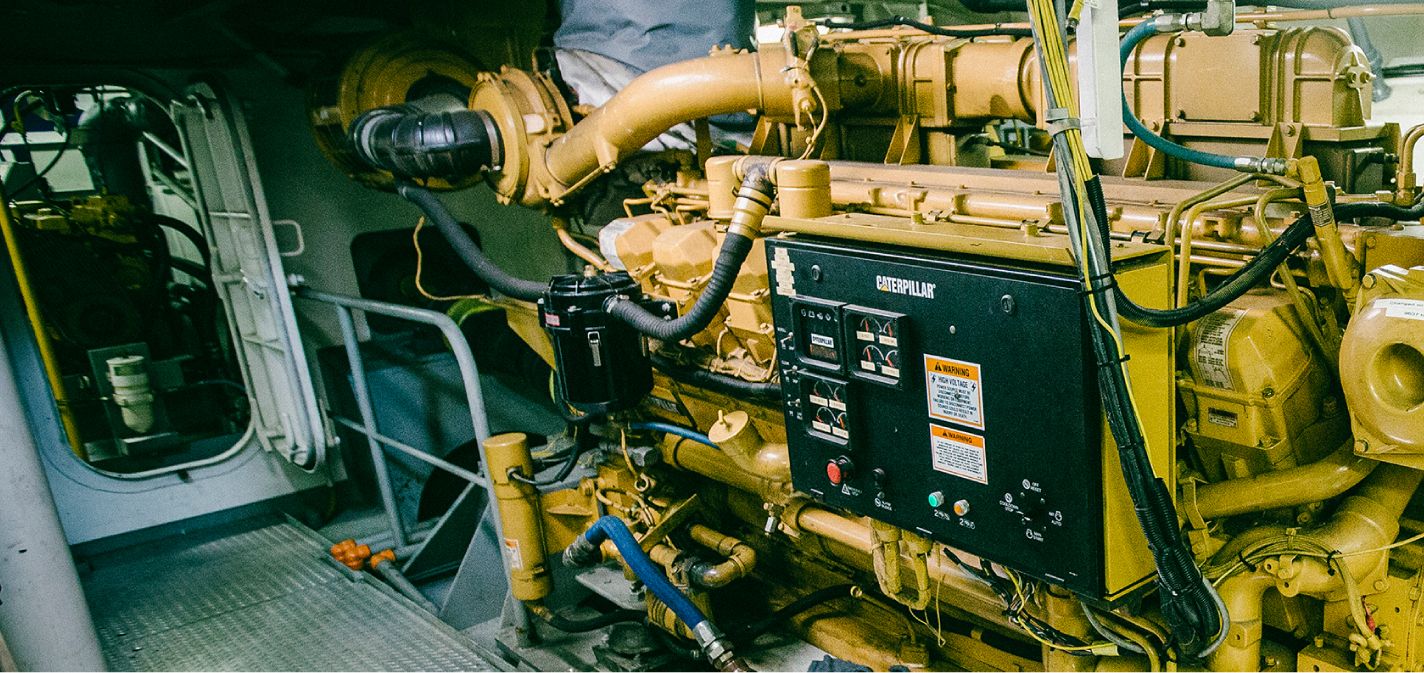What is your role with Caterpillar?
My name is David Holt. I work with the Global Aftermarket Solutions Division within Caterpillar Inc., and my role is to produce new strategies and technologies to help our customers make sure their vessel stays on the water for longer periods of time.
What are some new ways customers can improve emissions output on their vessels?
We are featuring the Mitigation Trust Fund (MTF), which is a funding mechanism to upgrade our older Cat® 3500 series engines that are probably not compliant with U.S. EPA Tier 1 or Tier 2 standards. The fund will actually pay for a substantial portion of the upgrade, up to 40% of costs, including total parts and labor.
How do the upgrades work?
The engine will be upgraded from its current technical specification to a U.S. EPA Tier 2 standard, at which time the appropriate iron set will be changed out. The engine will be verified by the dealer, as well as our engineers at the Lafayette and Mossville facilities. We will then issue the customer a new verification label, which states that the engine now complies with a U.S. EPA Tier 2 emissions commissions level.
This upgrade will provide the ability to add many years of engine life and operate in other territories of waters that customers possibly could not have operated in before.
What are the benefits of upgrading?
Customers will realize not only improved performance acceleration, but also fuel savings, improved safety and convenience. Plus, operating through the acceleration performance will reduce noise and vibration on the vessel, improving crew safety and communication abilities.
How do the upgrades affect the environment?
Unregulated marine engines emit large amounts of NOx into the atmosphere. Our emissions upgrade kits are a perfect example of a good green solution that will help reduce NOx to our atmosphere, while also providing the customer with an essentially new engine.

